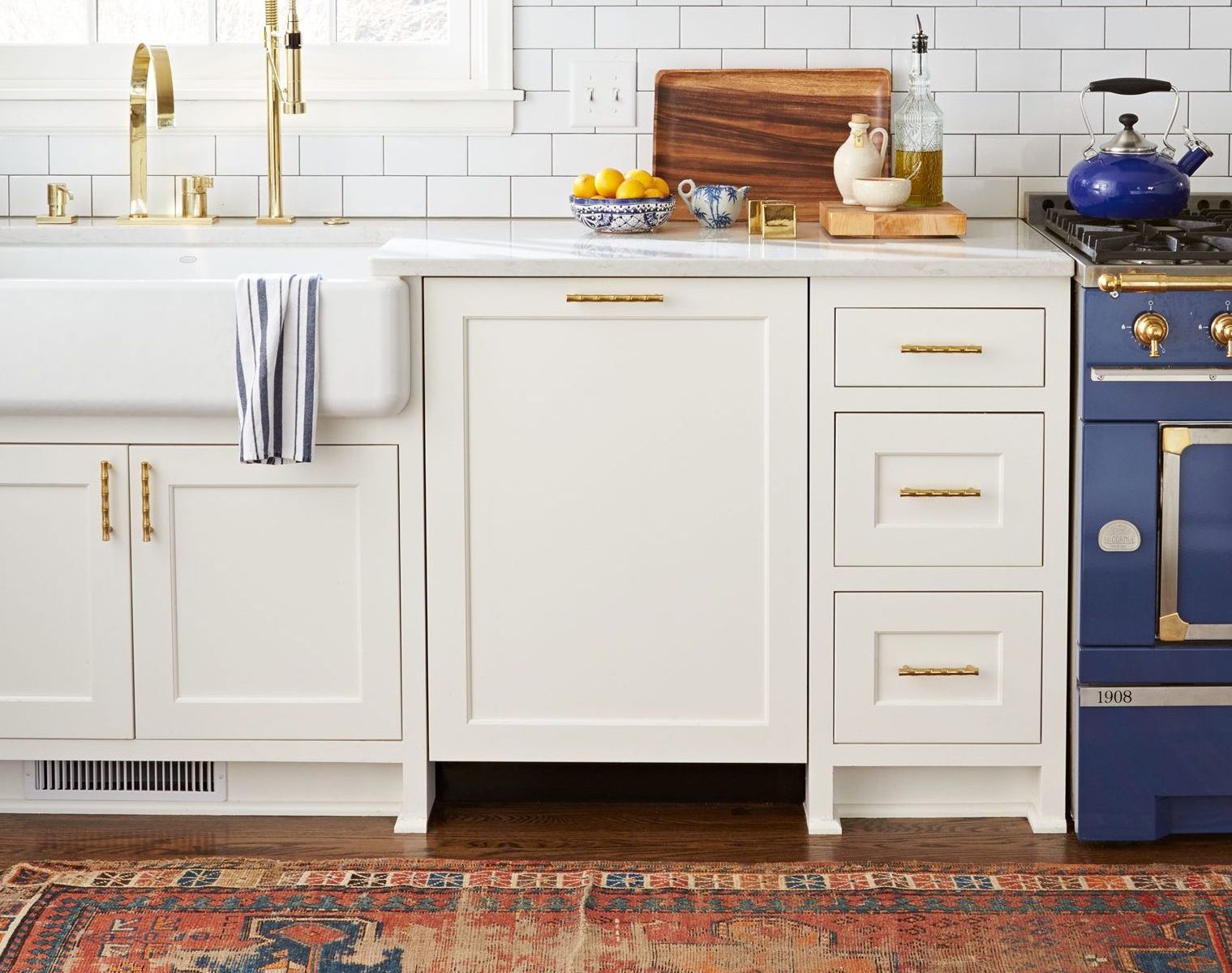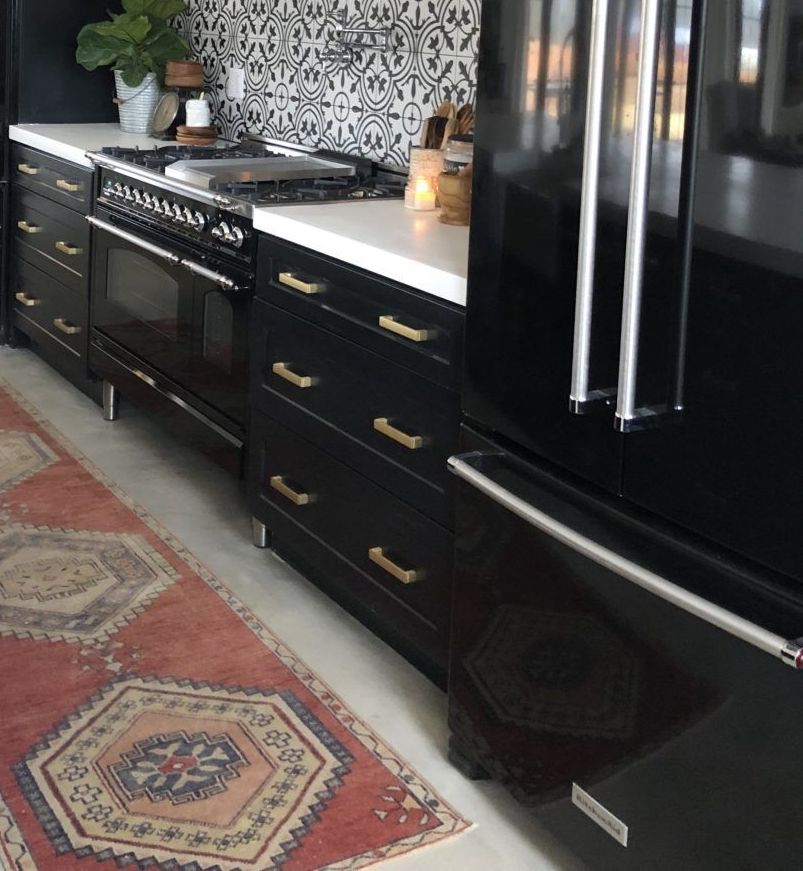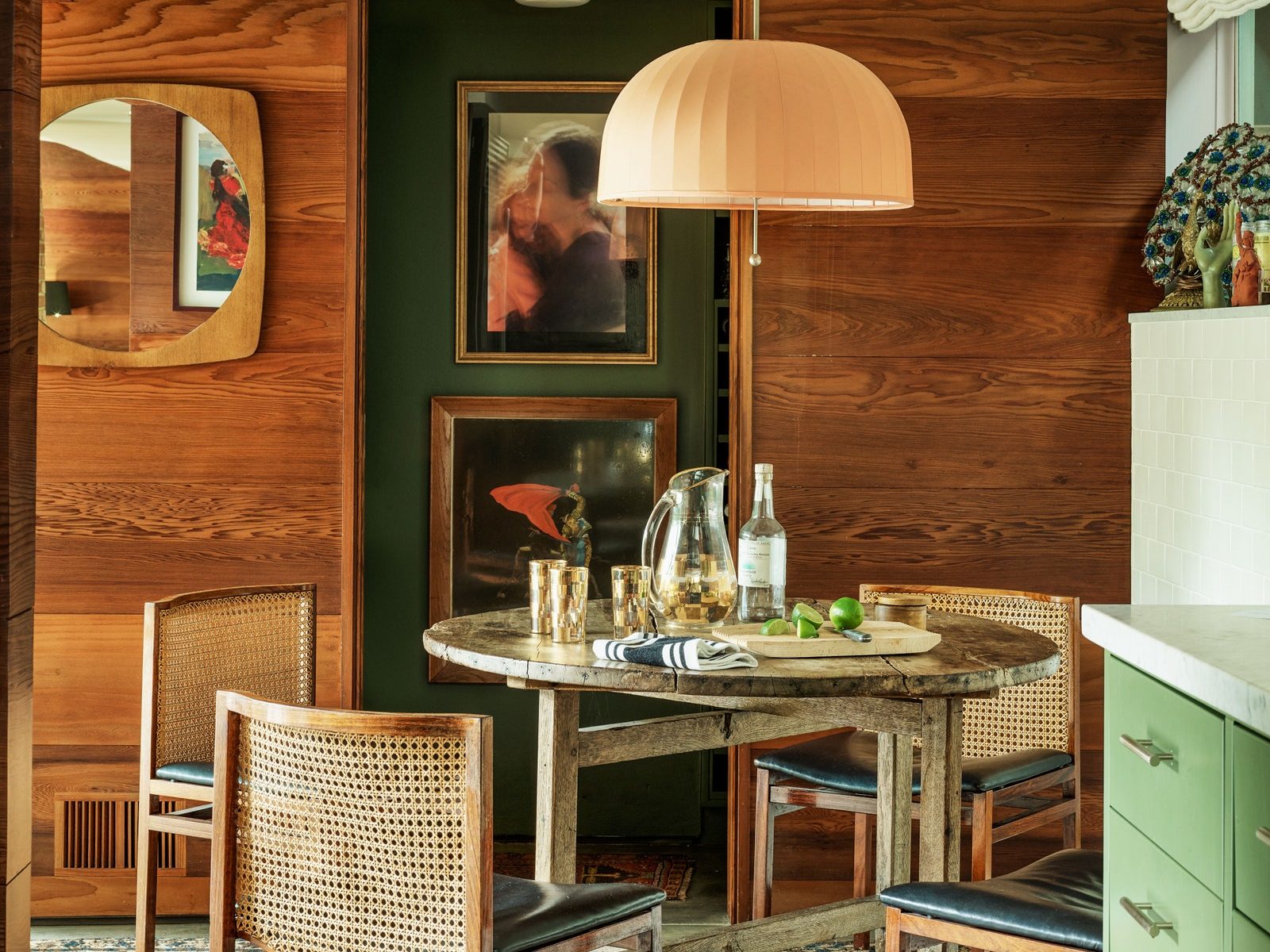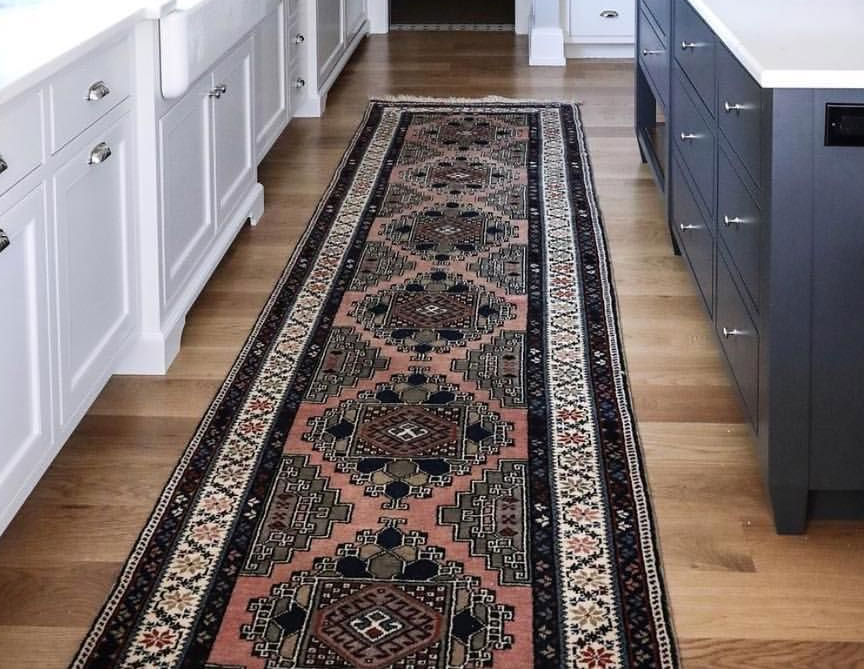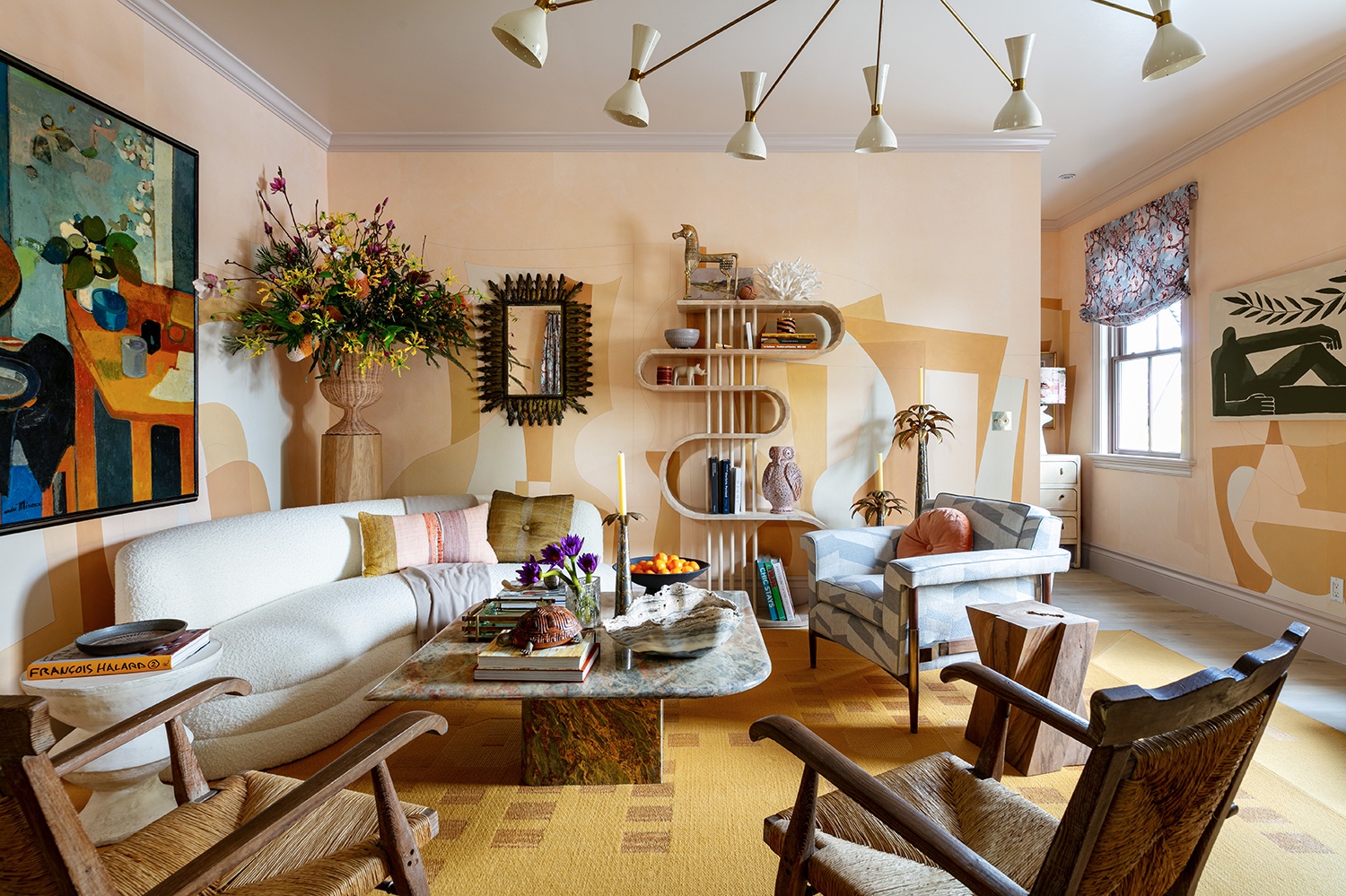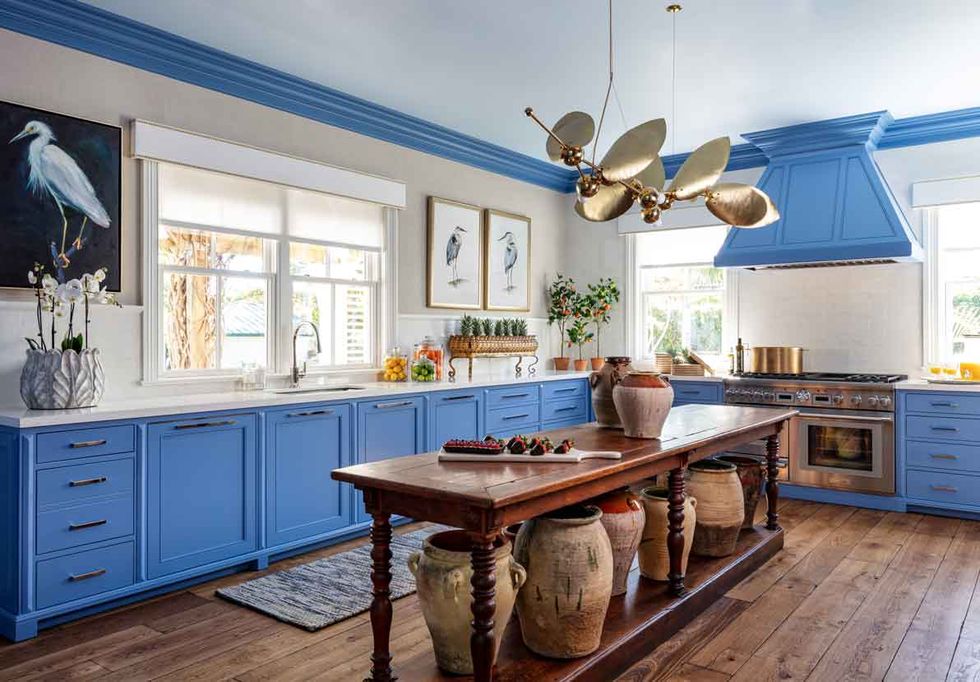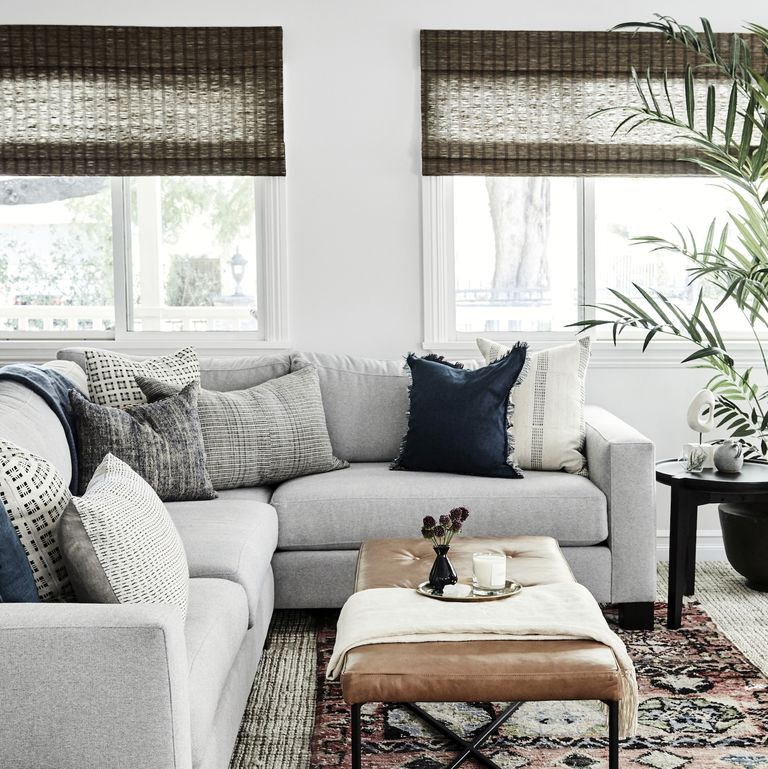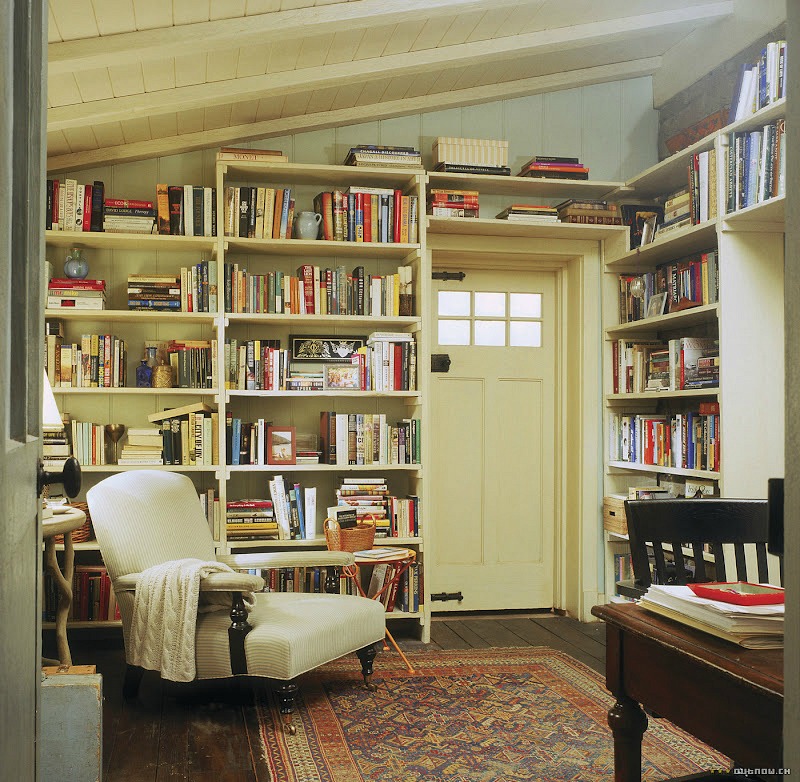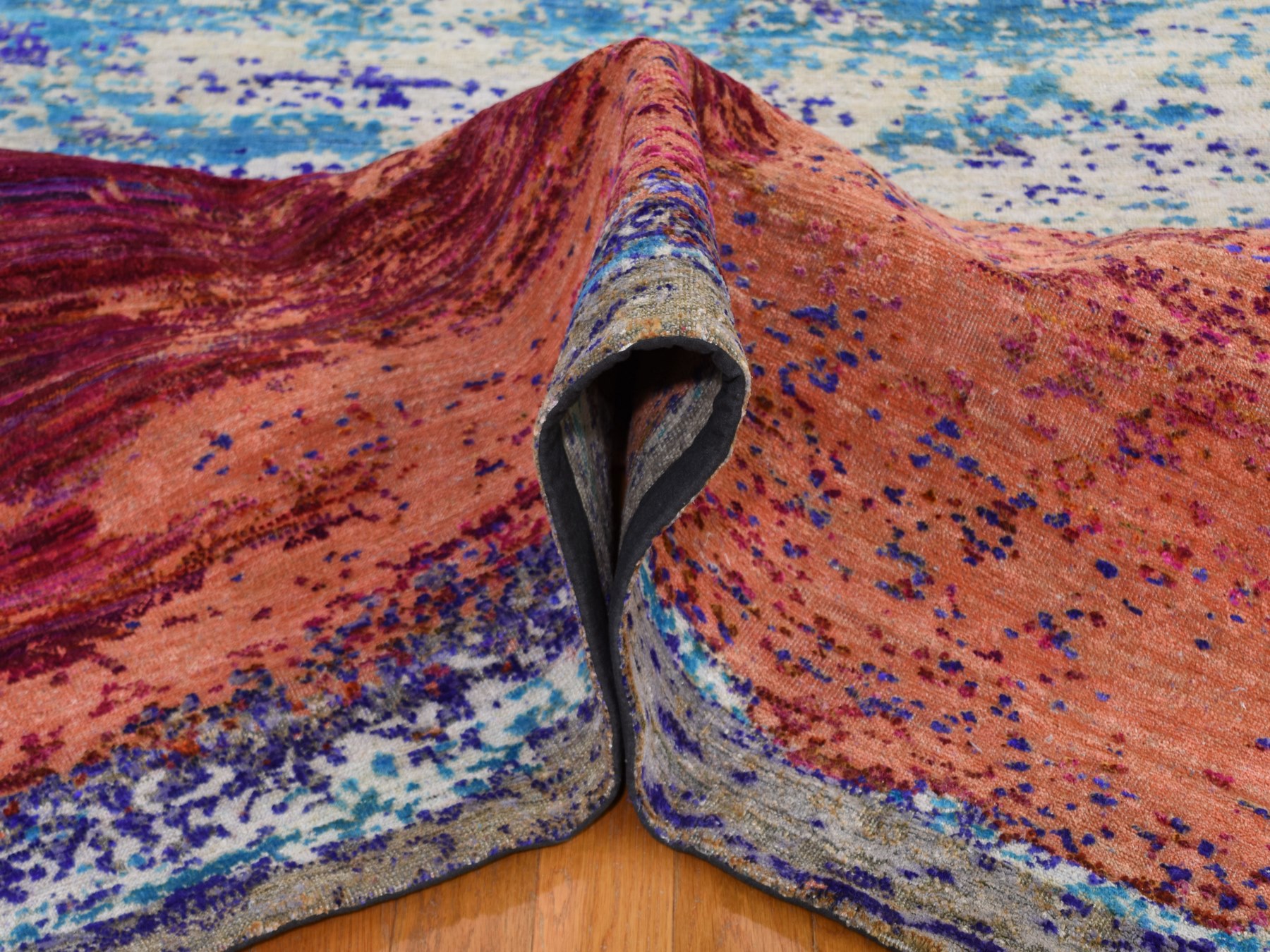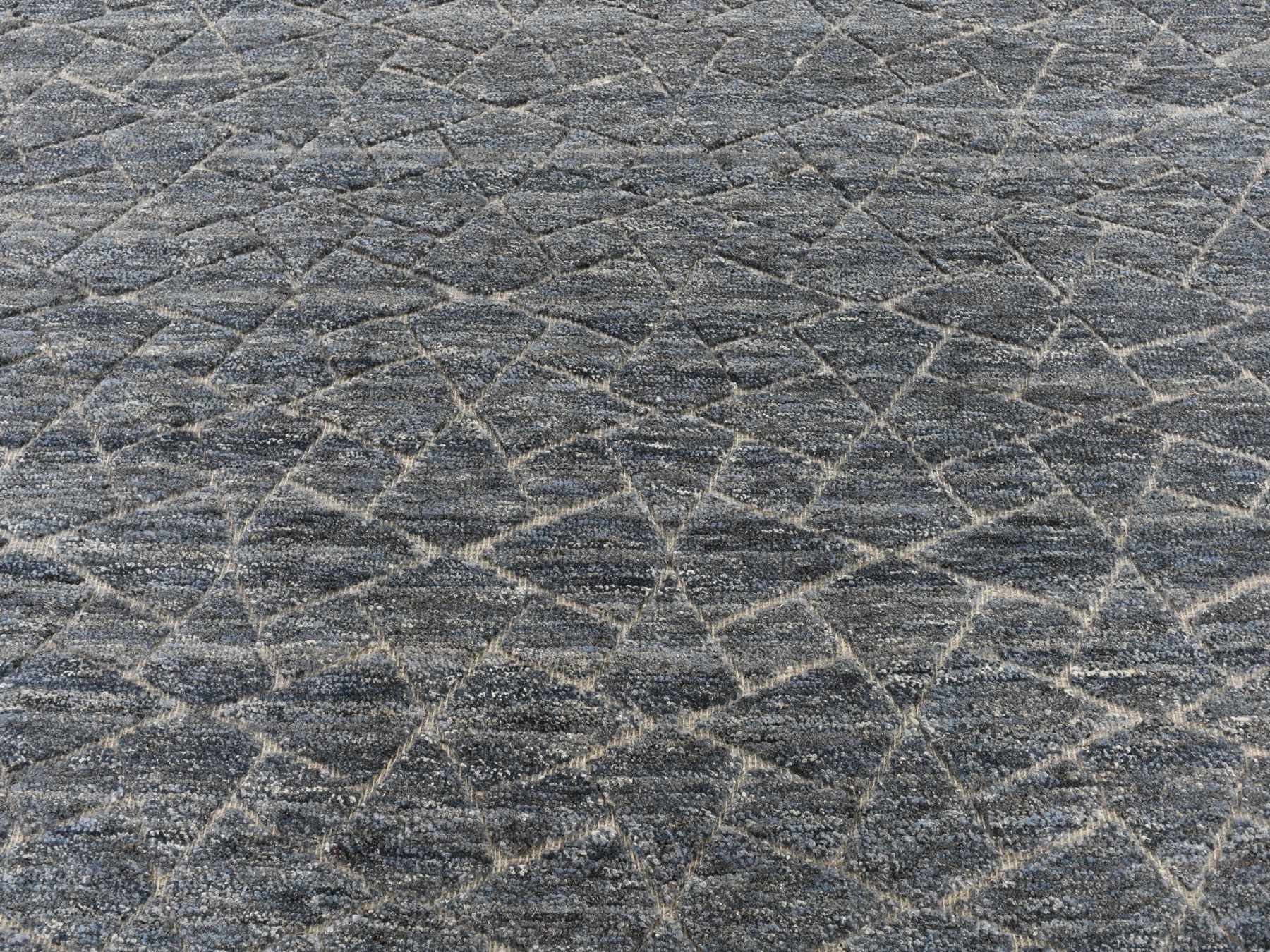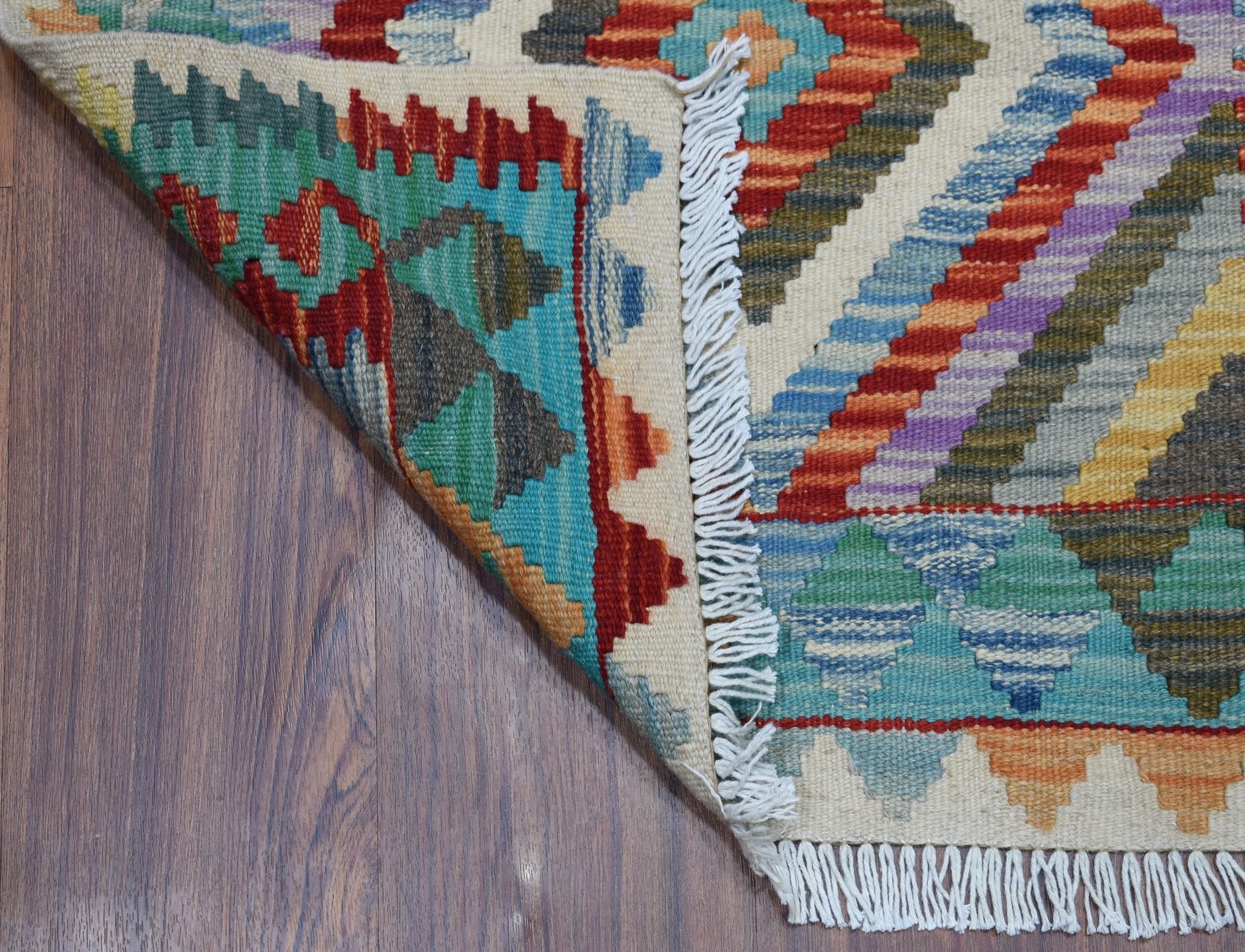Beige is your bae if you’re a billionaire. A New York Times headline in April 2025 declared “Beige is the Color of Money.” It reported that “neutral hues” are the choice for the ultra wealthy who “don’t want to show off”. But beige is also their camouflage to be “invisible” to anyone outside their global clique. The billionaire beige trend has moved from fashion to interior design and trickled down to growing mass popularity.
The range of “limited tonality” beiges includes yummy sounding shades like cafe au lait, butterscotch and cream. Pantone’s 2025 color of the year – Mocha Mousse – is another foody shade that evokes comfort, elegance and security. Wealth experts say all the beige shades represent “authenticity over showiness” and “power”. The good news is that beige-based interior design is not a “beige flag”. The even better news is that rugs for beige interiors don’t need to be beige themselves. Read on to discover why.
Billionaire interior design that the public is allowed to view is often beige, and it often features not the beige rugs you might expect, but antique Oriental rugs. Meghan Markle’s Netflix series “With love, Meghan” wasn’t filmed at the southern California chateau she shares with Prince Harry, but at Montecito Orchard Private Estate – a more modest luxury home designed in the Farmhouse Modern architecture style. Its interior design features the same billionaire beige Meghan chooses for her fashion and her interiors. The Duchess also films Instagram reels at neighboring luxury San Ysidro Ranch owned by billionaire Ty Warner. The interior design of the resort’s charming cottages is based on a warm palette of beiges with antique Oriental rugs as focal points.
Farmhouse Modern style – created by Joanna Gaines more than a decade ago – is the accessible, democratic version of billionaire beige. This style also focuses on a limited palette of warm neutrals, and it too often features vintage or new Oriental rugs. Our rug suggestions will help you achieve either a full-on billionaire beige interior or the democratic Farmhouse Modern beige interior. First up is our antique Persian Shiraz with a desirable worn pile that resembles the mysterious finish of an antique mirror. Our hand knotted vintage Persian Hussainabad features shades of beige, while our hand knotted wool and silk Modern Abstract Design has just enough pattern to stand out in an all-beige interior. If you prefer “invisible” billionaire beige, then go for our hand knotted silk and wool Plain Line with its overall soft beige coloring.
Luckily, we can choose to cosplay billionaire beige style without experiencing billionaire problems. Pity the billionaire who according to recent news reports faces engineering problems building his moated “ring of fire” fortress complete with cannons to set the moat alight. Or the problems of the fictional rich in White Lotus where ultra wealthy Timothy Ratliff wonders if he has to tell his children “we’re poor now and daddy’s going to prison”. Count your blessings, beige lovers! Billionaire beige can be your design jam just because you like it, and not because it’s a color that makes you “invisible”.










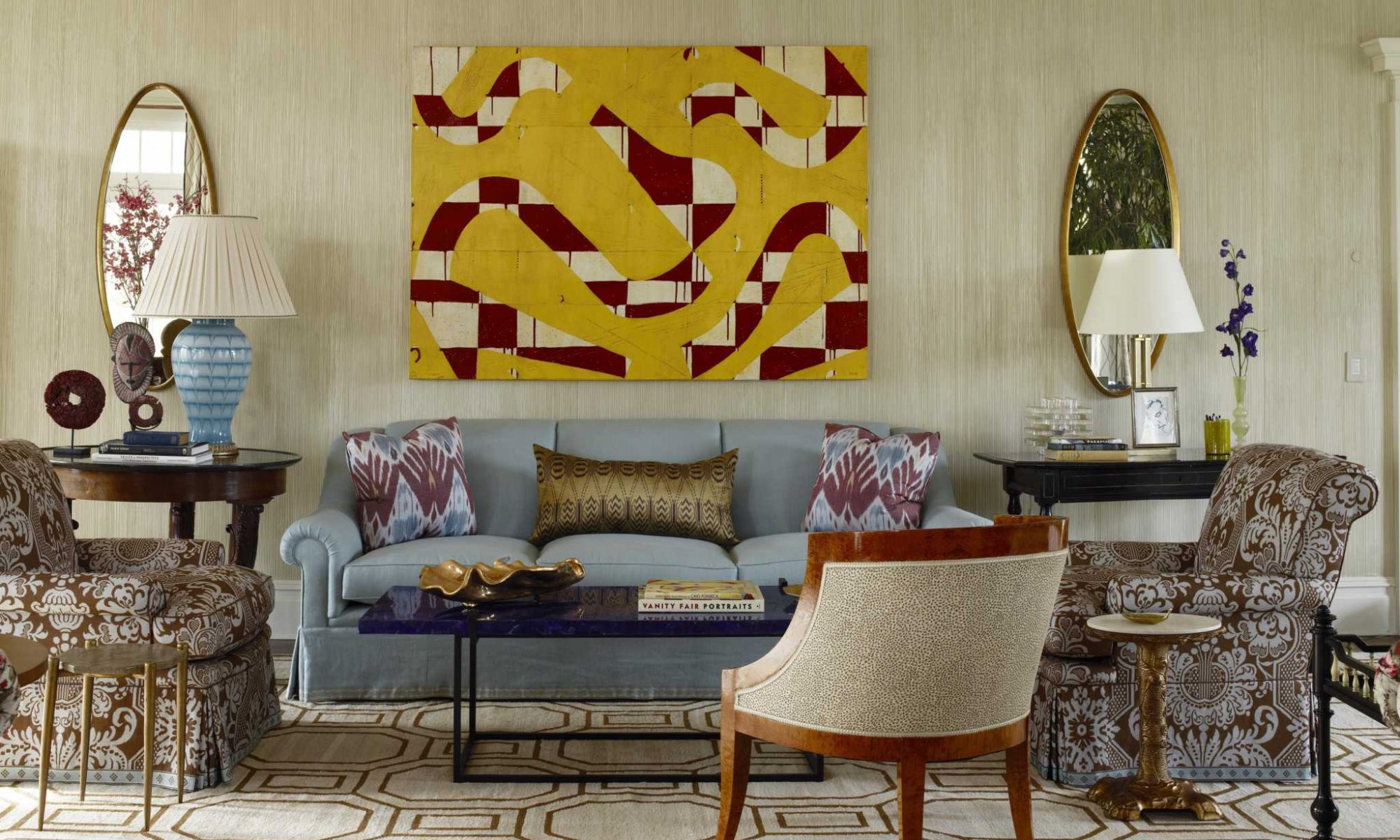
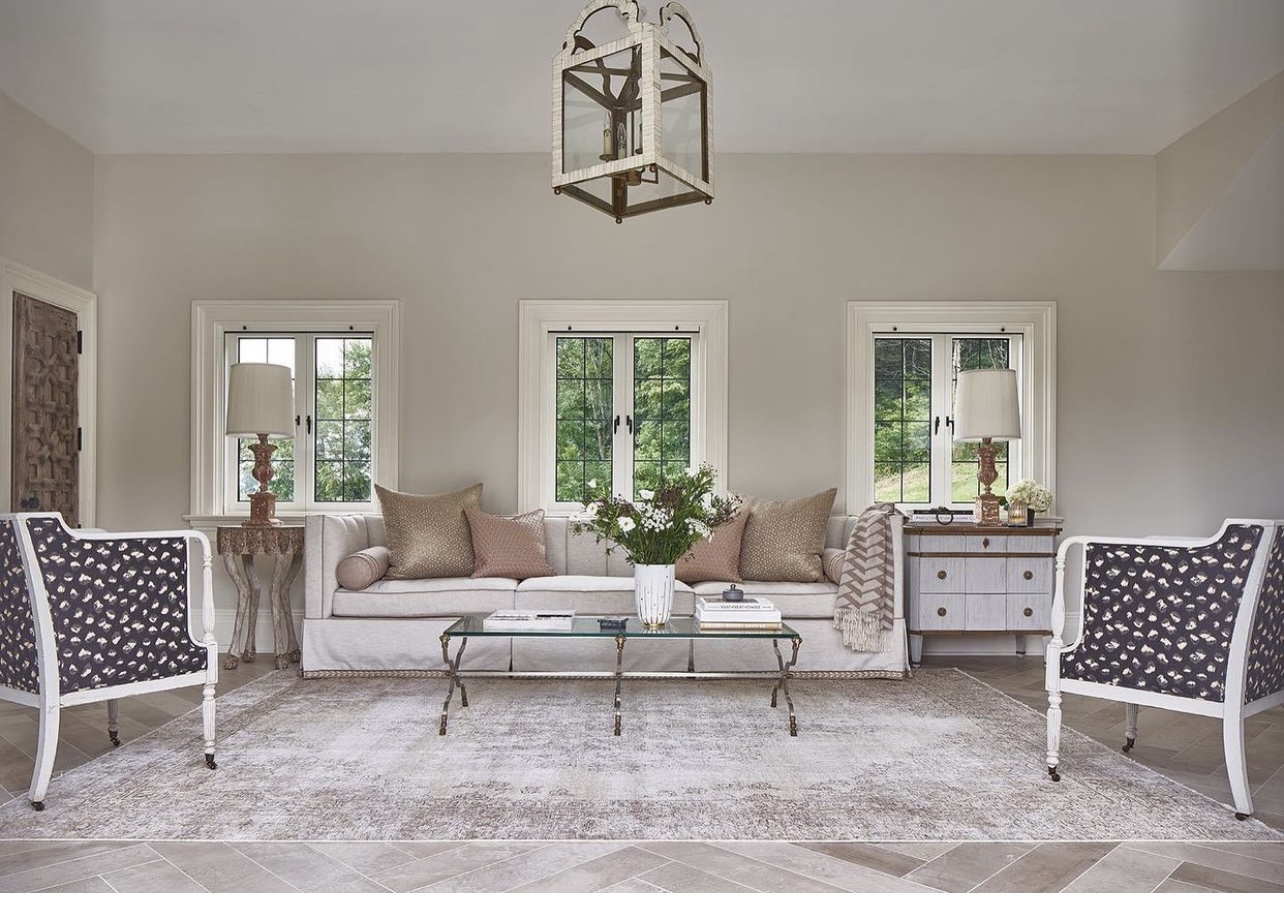
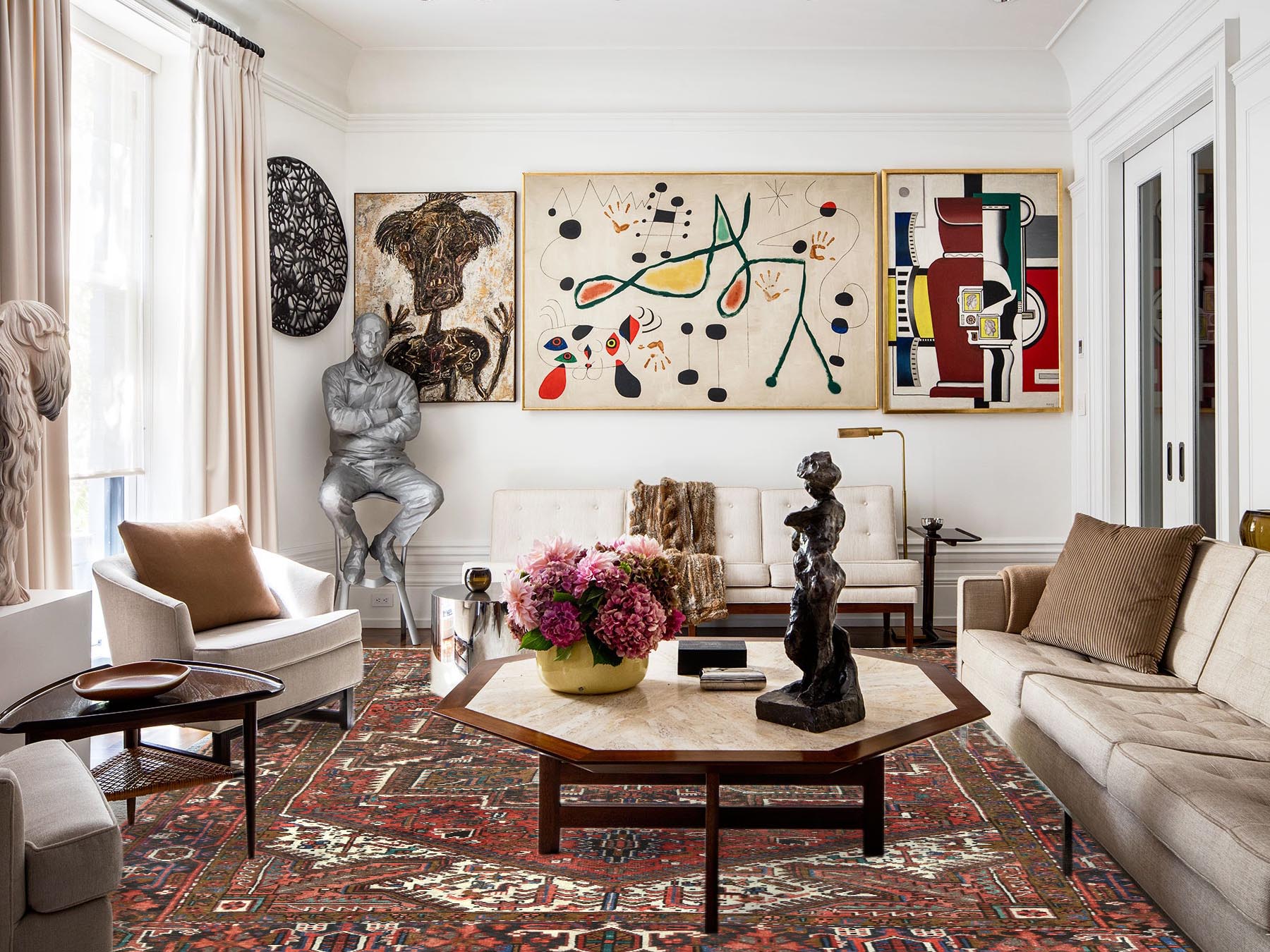

 Rugs like this handwoven flat weave Afghan Kilim with bold, geometric designs provide a colourful surface that instantly brings life to a space to life. These rugs are perfect for daytime spaces as well as those designed for entertaining, as the fresh, lively pattern provides an uplifting energy. Not only that, this rug is easy to clean and reversible – ensuring the colours will keep their lasting power for years to come.
Rugs like this handwoven flat weave Afghan Kilim with bold, geometric designs provide a colourful surface that instantly brings life to a space to life. These rugs are perfect for daytime spaces as well as those designed for entertaining, as the fresh, lively pattern provides an uplifting energy. Not only that, this rug is easy to clean and reversible – ensuring the colours will keep their lasting power for years to come.
 For a more neutral approach, rugs such as this hand-knotted Tabriz Vase with Flower Design, which features a delicate floral design, offer an elegant yet contemporary charm to your living space. What’s more, the subtle range of blues, purples, and reds on an ivory base also allow rugs such as this to pair easily with most furniture or décor – whether it be neutral or vibrant.
For a more neutral approach, rugs such as this hand-knotted Tabriz Vase with Flower Design, which features a delicate floral design, offer an elegant yet contemporary charm to your living space. What’s more, the subtle range of blues, purples, and reds on an ivory base also allow rugs such as this to pair easily with most furniture or décor – whether it be neutral or vibrant.
 If you’re looking for something more contemporary without losing that at-home comfort, rugs such as this Overdyed, vintage Persian Tabriz are a great choice. Partially faded and distressed, these rugs create a homey, lived-in feeling that puts people at ease. The brighter pink shade blended with this traditional rug design forms a terrific marriage of classic and modern. Overdyed rugs are also available in a huge variety of colours, allowing you to select the one that best complements and accentuates your space.
If you’re looking for something more contemporary without losing that at-home comfort, rugs such as this Overdyed, vintage Persian Tabriz are a great choice. Partially faded and distressed, these rugs create a homey, lived-in feeling that puts people at ease. The brighter pink shade blended with this traditional rug design forms a terrific marriage of classic and modern. Overdyed rugs are also available in a huge variety of colours, allowing you to select the one that best complements and accentuates your space.
